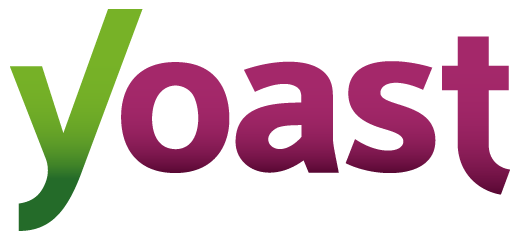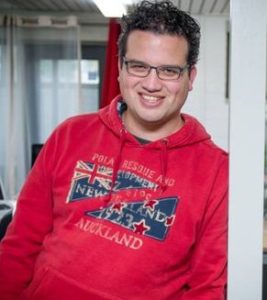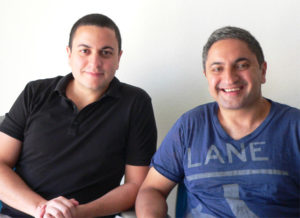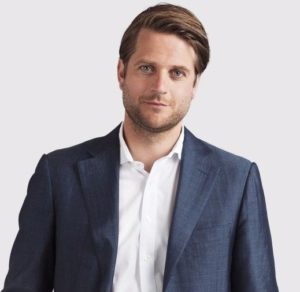GoIbibo : An Indian Startup Helping you Explore the World
If you love travelling, then chances are that you swear by GoIbibo! But do you know how GoIbibo got to where it is now, and who made that possible? This time around, we will be looking at Ashish Kashyap’s story and understand how working with multiple large companies helped give Ashish the experience he needed to launch something as massive as Ibibo.
Kashyap’s story has a familiar pattern to it; one we have seen countless times when it comes to Indian entrepreneurs. After getting a business degree from a good university, freshers join large corporations as managers and product designers. After gaining experience working under company greats, they exit a few years down the line to start their own company and turn entrepreneurs! Ashish did the same, as he launched Ibibo in 2007, after heading Google India’s operations and having worked as the General Manager for Indiatimes.com.
The Founder
After finishing his Honors in Economics from the University of Delhi, Ashish went ahead to procure a Masters in Practicing Management from Insead, France. Once he was done with his studies, he joined the prestigious Times Group, and slowly worked his way up the corporate ladder, finally becoming the General Manager of E-Commerce at Indiatimes. Even there, Ashish was looking for new opportunities and successfully launched several e-commerce applications.

Similarly, while heading Google India’s operations, Ashish focused on creating a lively and active entrepreneurial environment by building and designing product launches and establishing and building the business. Later, Ashish served as a senior member of PayU global, Netherlands, and helped the conglomerate by spear-heading some well-timed exits to generate income and increase company value. He is also the co-creator of PayU India, which in 2016 acquired CitrusPay. The more Ashish helped businesses grow, the more he realised that this is something he loved to do. It was this realization that led him to found the Ibibo group.
Founding Ibibo
As the internet grew, more websites and applications sprouted, and this led to the creation of a whole new customer segment. As more entrepreneurs burst into the tech field, it opened up avenues for several B2B and B2C companies to come forth and seize the opportunities available. One such service sector, that Ashish felt needed a revamp was the tourism and travel industry. Applications like redBus, GoIbibo and MakeMyTrip have forever changed the way people travel, and none of this would have been possible, if not for Ashish.
When it came down to choosing a name for his company, Ashish drew inspiration from the very movement that made its creation possible; the internet and the power it gave consumers. As the internet grew more popular, it helped shift power to the consumers, and hence, he felt his company’s name should focus on “I build”. The internet also helped people create pieces, connect with others and really made the world a smaller place. This brought together the ‘I bond’ and ‘I build’ elements, which went mashed together to become ‘Ibibo’!
While the company was backed by Napster, it was seen more like a social media experiment, rather than a company. Starting out with just eight employees in 2007, the company soon grew from being an experiment to one of the largest names in the field of travel and tourism, in just five years! It is interesting to note that the company started out with just $50k as seed capital, but by the end of the grew, and became a 15-member team.
The Success
Being the first person in India to sell a plane ticket online, in 2002, Ashish knew how to turn Ibibo into a multi-million-dollar company, and that is exactly what he did. Within a span of two years, the travel agency had its own payment portal that turned out to be a huge success. By 2011, Ibibo had grown by 180% and had become the first online travel agency to assure complete refund on cancellation of bookings. They also partnered with big brands like Citibank, MasterCard and HDFC to better their payment portals.
The same time next year, the company had launched a bus booking option and had even acquired redBus for 600 crores. By 2013, the company was growing at 130%, after having launched its own app for Android and iOS. The same year, the company expanded into the field of hotel bookings, which of late have been able to generate significant amounts of revenue for the company. GoIbibo also launched their engine for flights, Flight Advice in 2013, to help customers choose the best airline service. Since then, they have enjoyed over 140% growth, and even acquired YourBus in 2014. With a team of over 200 professionals, the team also launched a Windows app goCash, to help customers cancel tickets and bookings easily.
In 11 years, the Ibibo Group went from being a small team of employees to a conglomerate that had sizeable properties such as Goibibo.com, redBus.in, YourBus, and Travelboutique with a reach that extended to countries such as Indonesia, Singapore and even Columbia. With over 25 million app downloads and transactions that went over 24 Million USD, the Ibibo group established itself as a stalwart in the field of travel and tourism.
GoIbibo became a pillar for the travel industry in India after Ashish launched Redbus and Rightstay, and soon enough, in 2016 the Ibibo group merged with MakeMyTrip via a deal which was estimated to be worth around $1.8-$2 billion. This, in turn, brought all the businesses under the GoIbibo bracket, under the umbrella MakeMyTrip, whose largest shareholders are Naspers and Tencent.
The Acquisition
Once the acquisition, which was deemed one of the largest ever made in India, came through, Ashish Kashyap stepped down as president of MakeMyTrip, in 2017. He even signed an agreement that forbade him from soliciting and forming a rival company until September 30, 2019. MakeMyTrip which is listed on the American NASDAQ is the ultimate travel application offering everything from flight booking to hotel reservations and car hires.
As the agreement comes to an end this year, it is safe to assume that Kashyap will be back with some new creation soon enough. GoIbibo which started as a social media campaign idea became one of the largest travel e-commerce companies in the span of a mere five years. Having grown 200%, just a year after its launch, GoIbibo provides the kind of success story that inspires us to take chances and go after our dreams!

Being a cinephile with a love for all things outdoorsy, Athulya never misses a chance to chase inspiring stories or poke fun at things, even when the subject is herself. Currently pursuing a degree in mechanical engineering, she is someone innately interested in technical and scientific research. Music reviews and op-eds define her as they allow her to explore different perspectives. Though sometimes she thinks she makes more sense playing the guitar than she does while writing.











